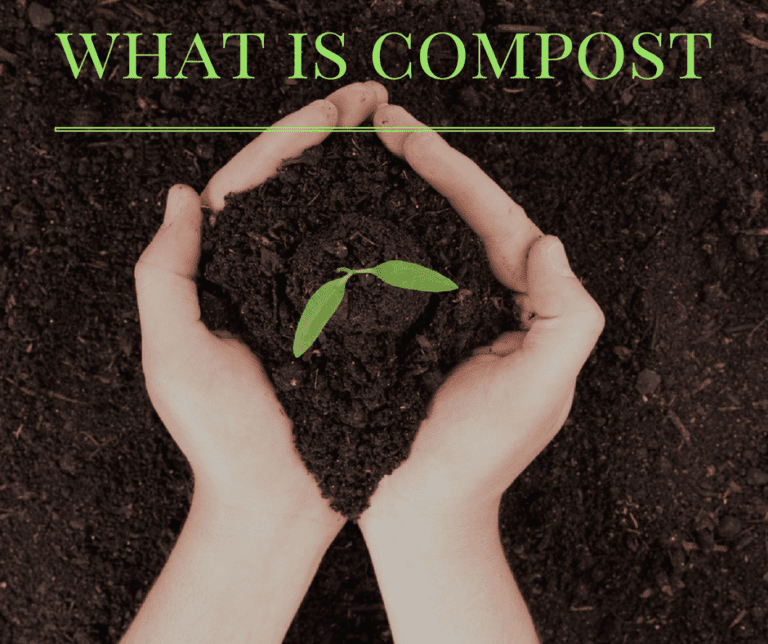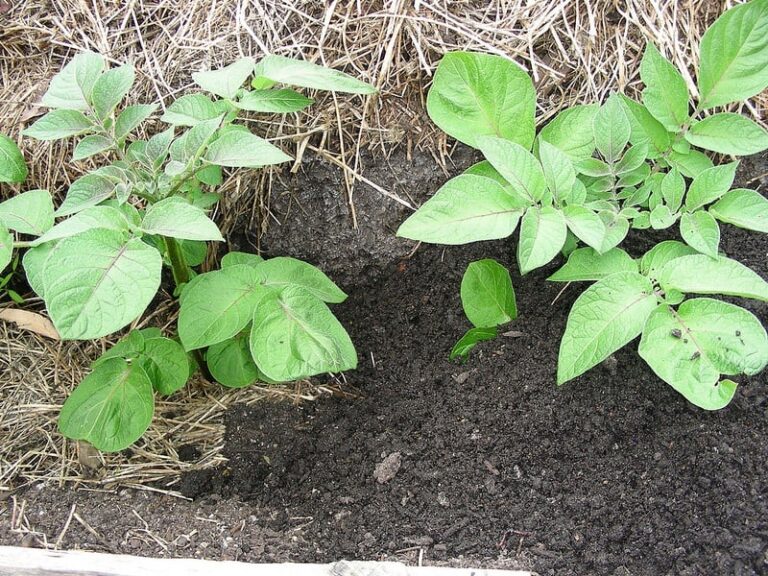Garden Border Ideas To Improve Your Yard’s Style
Everything needs boundaries, including your garden. A border along the sides of a garden bed not only set it apart from other areas of your yard. A border can also reduce erosion and keep soil and mulch in its place. Plus, a garden border can look downright pretty or attractive, depending on the materials you use. While you can find lots of pre-made borders for sale, these garden border ideas can help you find the inspiration to DIY.
Concrete Edge
One of the many joys of gardening is finding ways to creatively re-use items that would otherwise end up in a landfill. The garden above has a number of concrete test cylinders serving as a sturdy border.
To make the border, a Girl Scout collected two and a half tons worth of concrete cylinders. Engineering companies often have a number of unused, reusable cylinders available. The companies usually make at least three cylinders to test the strength of concrete. In many cases, the companies don’t use the second or third cylinder, and those are often discarded. Using the cylinders in a garden can help keep tons of usable materials from going to waste.
Bottom’s Up
Here’s another creative re-use idea that’s perfect for the garden. Instead of tossing empty glass beer or soda bottles into the recycling bin (or worse, the trash), rinse them out and save them for use in the garden. You can also use empty, rinsed-out wine bottles.
To create the border using the bottles, first wet the soil. Wet soil is easier to dig and work with than dry, compacted soil. Using a trowel, dig a hole about six inches deep for every bottle you plan on pushing into the soil. If you have a bulb digger, that’s a particularly handy tool to use, since it makes deep, straight sided holes.
Tip the bottles into the holes, neck down. Each bottle should stick up into the air a few inches, creating an even border around your garden. If you’re a visual learner, this video from Douglas Welch offers a handy how-to, featuring wine bottles.
Well Plated
Thrift stores can be great places to purchase a collection of pretty dinner plates or a mix and match assortment of plates, which you can then use to make a border around your garden. Depending on the style of plates you choose, the border can be colorful and eclectic or uniform.
Digging the plates into the ground at a slight angle helps them stay upright, rather than pushing them into the soil straight up and down.
Living Border

Your garden border can be made out of living plants. A border made out of carefully trimmed evergreen shrubs, as shown above, will stay green all year and provide visual interest even in the winter months.
Another option is to choose annual flowers plants, such as marigolds or petunias, and plant those as a vibrant border for the spring and summer. The essential thing to remember when choosing plants for your border is to pick varieties that are shorter than what you’re growing in the heart of the garden.
The short boxwood shrubs in the photo above provide a nice contrast in both color and height to the tulips growing in the center.
Mosaic Brick Border
If you’re feeling crafty, you can transform a few inexpensive bricks into a colorful border for your garden. Simply glue mosaic tiles to the top of bricks, creating any sort of pattern you like.
Once the glue has dried, arrange the bricks around the edges of your garden. The pin above features a mix of both decorated and plain bricks, which makes the mosaic bricks pop out even more.
No Dig Border
Some borders require a fair amount of digging (like the previously mentioned dinner plate and wine bottles borders). If you’re not a fan of digging, but don’t mind dealing with concrete, the no-dig stone border in the video from Max Patch is for you.
To make the border, you’ll need plastic no-dig edging, as well as concrete and a collection of large stone blocks. After laying the blocks, you douse the stones and concrete with water to thoroughly wet them and help set the border.
Cinder Block Border
Here’s a border that combines living plants and re-purposed materials. Cinder blocks are usually very inexpensive to purchase and can often be found for free at construction sites. They make great borders in a garden, as you can plant inside the blocks.
If you further want to dress up plain cinder blocks, you can quickly paint them with a coat or two of spray paint. The blocks pictured in the pin above are a pretty shade of blue-green that contrasts well with the yellow and orange flowers planted inside them.
Wood Block Border
Wood also makes a great border for a garden. You can use cut-down wooden fencing posts, as shown above, or create a border using thinner planks. Lay the planks on their sides, horizontally, to create a simple fence.
When choosing wood for your garden, you can go one of two ways. You can upcycle materials and use discarded pallets or other tossed aside wood. Usually, upcycled materials won’t have a long shelf life, since they aren’t made of rot-resistant wood.
Another option is to invest in higher-quality, rot-resistant wood. Doing so will cost you more upfront, but you’ll also not have to replace the wood as quickly. Rot-resistant woods include teak, black locust and ipe, according to Houzz. Red cedar can also resist rot, but not as well as the other three.
Wood is a renewable resource, but a slowly growing renewable resource. If you aren’t using upcycled wood materials, make sure you check the source of the wood you use. Ideally, you’ll use a product that is certified by the Forest Stewardship Council.
Photo Credit
Photo by Reuse Warehouse licensed under CC BY 2.0
Photo by Roger Cornfoot licensed under CC BY 2.0







Hi so my Apple cactus seems quite healthy and has grown many flowers this year. It has grown about 2 feet and grown towards the west. I am concerned it top heavy but very strong and put a stake to support and change the direction of growth?